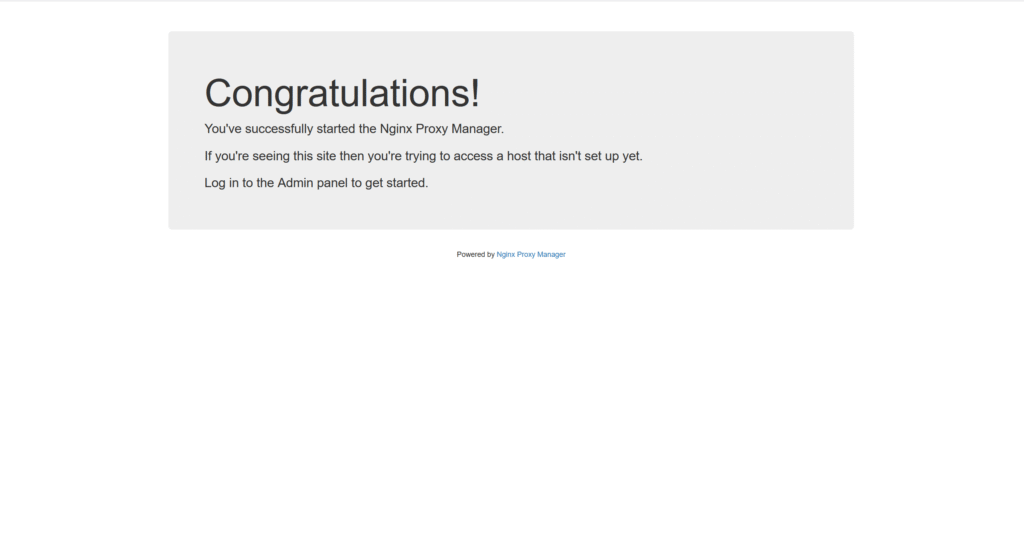FastFXTCoin positions itself as a cutting-edge trading platform offering forex, binary options, crypto investment, and high returns. It markets itself as an “upgrade” over conventional brokers—fast execution, zero commissions, and effortless growth. But beneath those polished promises lie numerous red flags, regulatory warnings, and user complaints consistent with scams. In this exposé, I unveil seven blinding exposures that reveal why FastFXTCoin is not a credible broker but a high-risk fraudulent operation.

1. The Upgrade Narrative as a Veil for Deception
At its core, FastFXTCoin sells the narrative that it will “upgrade” your financial life. Its marketing emphasizes fast trades, profit dashboards, daily returns, and crypto + binary + forex opportunities all in one place. That is the essence of an Element 1 lure: present something better than the norm. But real markets come with risks, latency, execution constraints, and regulatory safeguards. When a platform promises exceptional performance with negligible friction, you must ask: what’s hidden? That gap between promise and enforceable reality is where control lies, and for FastFXTCoin, the control is firmly on the operator’s side.
2. CFTC Red List Inclusion: An Official Warning
FastFXTCoin is formally listed on the U.S. Commodity Futures Trading Commission’s (CFTC) RED List. That list is reserved for entities that appear to act in capacity requiring registration (such as dealing in derivatives, forex, or binary options) but aren’t registered. The CFTC notes that FastFXTCoin is soliciting U.S. customers without registration. This is not a minor oversight—this means any U.S. investor using FastFXTCoin may lack legal remedies or protections under U.S. laws. (CFTC RED List)
Because the CFTC is the regulator for derivatives and futures, its inclusion of FastFXTCoin in the RED List is a significant red flag: a recognized authority itself flags the platform as unregulated for the activities it advertises.
3. Lack of Regulation, Unrealistic Claims, and BrokerWatch Listings
FastFXTCoin claims to be “U.S. regulated,” but that claim is contradicted by the CFTC’s action. BrokersView (a third-party broker intelligence site) states unequivocally: FastFXTCoin is not regulated by any governing body. They review that the company’s claims of U.S. regulation are false. (BrokersView)
Additionally, globalfraudreviews calls FastFXTCoin “unregulated” and warns it belongs to the category of risky forex brokers lacking oversight. (Global Fraud Reviews)
These contradictions are serious. A platform that falsely claims regulation while being flagged by regulators is not just negligent—it is intentionally deceptive.
4. Low Trust Score & Warning Signals from ScamAdviser
ScamAdviser, which analyzes domain, hosting, ownership, and risk indicators, gives fastfxtcoin.com a rather low trust score. Their algorithm flags the site for hidden ownership, involvement in high-risk financial services, and offering services with potential for profit claims. (ScamAdviser)
While a low score is not proof of fraud, in combination with the regulatory red flags and user complaints, it becomes a powerful indicator. The site’s trust signals are undercut by its hidden identity and inconsistent claims.
5. Complaints on Trustpilot: Withdrawal Blockades & Scam Allegations
Trustpilot’s reviews for “FXTcoin / Fxtcoin.com” are heavily negative. Its TrustScore is around 1.5 out of 5, with most reviews rating it one star. Comments include:
- “FXTcoin is the same as adxcoin which scammed thousands”
- “It makes it easy to deposit, impossible to withdraw”
- “Withdrawal gets declined, they enforce new changes without notice, account in ‘audit’ for weeks”
- “They broke my account after large profits”
These complaints show a pattern: deposits are accepted, trading may appear viable, but withdrawal is blocked or delayed indefinitely. That is standard behavior of scam broker operations. (Trustpilot)
6. Profit Reversals, Arbitrage Accusations & Trading Control
Users report that when their trading account grows significantly, FastFXTCoin cancels trades or invalidates profits by claiming “terms violations,” “arbitrage usage,” or “system breach.” A broker review site describes FastFXTCoin as a scam, noting it manipulates trades and refuses payout of “inflated accounts.” (BrokersView)
This pattern is consistent with B-Book / internal matching behavior: the broker takes the opposite side of client trades and cancels or rejects profitable outcomes. When the client wins, the “upgrade” stops. The control over profitability is entirely internal.
7. The Withdrawal Maze & Exit Barrier Strategy
FastFXTCoin’s promises of fast withdrawals and seamless cashouts are belied by user testimony. Complaints say:
- Withdrawals are placed in “audit” status indefinitely
- Additional “fees,” “taxes,” or “verification requirements” appear only when withdrawal is requested
- Support becomes unreachable after profit accumulation
- Account locks or closure happen abruptly
This creates an exit maze: initial small withdrawals may pass, but larger ones trigger procedural walls. Those who don’t respond to escalating demands are blocked permanently. The platform’s real control over exit is the final barrier in the deception sequence.
Conclusion: The Illusory “Upgrade” Behind FastFXTCoin
FastFXTCoin’s marketing presents a polished image: multi-asset access, fast trading, no commissions, profit dashboards. It sells the idea that your investment life can be instantly upgraded. But beneath this veneer lies a carefully constructed illusion—one built to control deposits and block exits.
The inclusion of FastFXTCoin on the CFTC’s RED List is no trivial matter. It confirms that the U.S. regulator considers its operations in derivatives or forex as requiring registration—yet it lacks such registration. That warning should alone disqualify serious investors from trusting the platform. Legit brokers comply; suspicious ones hide.
FastFXTCoin’s claims of U.S. regulation are contradicted by independent reviews (BrokersView) and by the regulatory action itself. The mismatch between advertised legitimacy and actual unregulated status is a fundamental deception. Similarly, the site’s low trust score on ScamAdviser, owing to hidden ownership and risk signals, supports the weight of the regulatory warnings.
Trustpilot user feedback fills in the experiential layer: depositions accepted, trading allowed, but attempts to withdraw capital or profits thwarted by shifting terms and silence. The pattern is archetypal: lure investors with plausible performance, then dig in procedural obstacles when they try to exit.
Control over trades—cancelling profitable ones, accusing arbitrage, or freezing accounts—is part of the deeper mechanics. If the broker cannot deliver lossless wins reliably, why promise them? The answer lies in its internal control: profitable accounts become a liability, and are neutralized through terms of enforcement or system intervention.
The exit barrier is the final trap. When the client wants out, the platform offers a labyrinth of “verifications,” “fees,” or “audits.” If users don’t submit to the demands, their accounts are locked or abandoned. Once funds are distributed into crypto or alternative pathways, recovery becomes extremely difficult.
For those considering FastFXTCoin, rigorous demands are necessary: ask for audited withdrawal records, proof of regulatory registration from recognized bodies, full identity of ownership, evidence of segregated client funds, and open withdrawal testing before committing capital. If any of these are absent, treat it as high risk.
If you have already invested in FastFXTCoin, begin damage control immediately. Attempt a small withdrawal and document all responses. Preserve every piece of evidence—screenshots, transaction logs, communications. File complaints with relevant regulators (CFTC in the U.S., financial authorities in your country). Engage forensic recovery services if assets are moved via crypto. The sooner action is taken, the better the chance some funds can be traced or frozen.
FastFXTCoin uses the upgrade narrative as bait, but in reality, the “upgrade” is illusionary. It masks control, obfuscation, and exit blocking. In trading, the true measure of legitimacy is not in how fast you can enter, but how reliably you can exit. And in that test, FastFXTCoin fails. The upgrade promise becomes a betrayal, not an enhancement.


